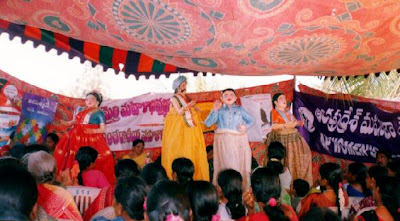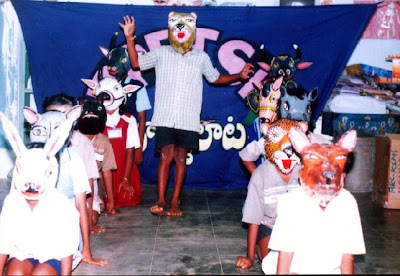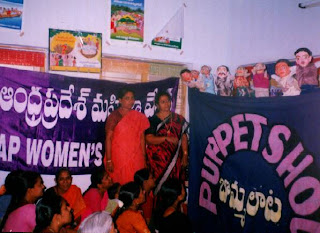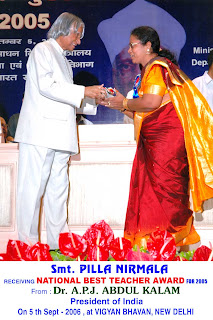The women's movement of the late 19th and early 20th centuries originated partly as a result of the rapidly growing economies of industrially developing nations, which caused women to work outside of home in increasing numbers, typically working for a fraction of the pay of men and in deplorable conditions.
The life of a working woman was made even more difficult by the fact that she could not vote which rendered her powerless both politically and economically. The observance now known as International Women's Day was initiated as a public outcry against the subjugation of women.
The first Women's Day was marked on the last Sunday of February, designated an event to demand the vote, economic, and political rights by the Socialist Party of America in 1909 and was marked with demonstrations and rallies calling for those rights to be extended to women.
The observance appealed to socialists and feminists alike and soon spread throughout the United States, Europe, Canada, and Australia. A large group of Russian working women went on strike on February 23, 1917 in spite of warnings from political leaders that the timing was awkward.
Several days later, Nicholas II was forced to abdicate the throne, and the Provisional Government that assumed his legislative power granted women the right to vote. The historic strike that made such an enormous stride in the political influence of women possible took place on March 8th according to the Gregorian calendar, to which Russia soon converted.
Thus, International Women's Day has since been annually observed on March 8th.
It has been often remarked, "feminism is the radical notion that women are people." In fact, because the social and political environment at the time that International Women's Day originated was so firmly biased against women dictating the terms under which they were to be employed, trained, paid, and treated, this idea was indeed revolutionary.
The movement to empower women to make their own decisions regarding all aspects of their lives, including whether or not they marry, choice of professional, economic, and political futures has resulted in many rightful victories for women around the world, and yet the battle is still being fought on many fronts.
If you are a woman, celebrate yourself, your mothers and sisters on this day by taking the choices and decisions you are faced with upon yourself.
Talk with other women, and learn from their experiences, especially those who are older or of a different cultural background than yourself and may have been differently affected by prejudice and sexism.
Ultimately, your life is yours to lead, and if there is a person, group, law, or social stigma that stands in your way because of your sex, it is your responsibility to yourself and all women to confront and change them or it.
For the men and children who want to share in the observance of this holiday, some advice is to honor and respect the women in your lives, to value their minds, capabilities, and talents, and never forget that regardless of gender, race, sexual orientation, personality type and all the other factors that make individuals different from one another, we are all people first and must conduct ourselves and treat each other as such.
I created awareness about gender equality & related themes through contemporary over the last 20 years, i have organized and conducted several workshops, demonstration, sessions, lectures and talks on puppetry for school teachers, folk women, lecturers, trainee teachers, NGO field staff, etc.
I am portraiting my experience photos
 I have organized rallies on the occasion of international women's day
I have organized rallies on the occasion of international women's day
and in the road shows buttabommalata were given on women problems
like VIOLENCE AGAINST WOMEN, GENDER EQUALITY, etc.  I have organized rallies on the occasion of international women's day and
I have organized rallies on the occasion of international women's day and
in the road shows buttabommalata were given on women problems
like VIOLENCE AGAINST WOMEN, GENDER EQUALITY, etc.  I have organized meetings on the occasion of international women's day and
I have organized meetings on the occasion of international women's day and
in the meeting shows were given on women problems
like VIOLENCE AGAINST WOMEN, GENDER EQUALITY, etc.  I have organized rallies on the occasion of interantional women's day and
I have organized rallies on the occasion of interantional women's day and
in the road shows buttabommalata were given on women problems
like VIOLENCE AGAINST WOMEN, GENDER EQUALITY, etc.  I have organized meetings on the occasion of international women's day and
I have organized meetings on the occasion of international women's day and
in the road shows buttabommalata were given on women problems
like VIOLENCE AGAINST WOMEN, GENDER EQUALITY, etc.  In Sarva Shikshaa Abhiyaan,
In Sarva Shikshaa Abhiyaan, 
 To Eradicate the child labor.
To Eradicate the child labor. 




































